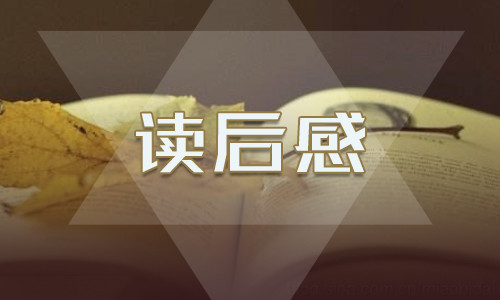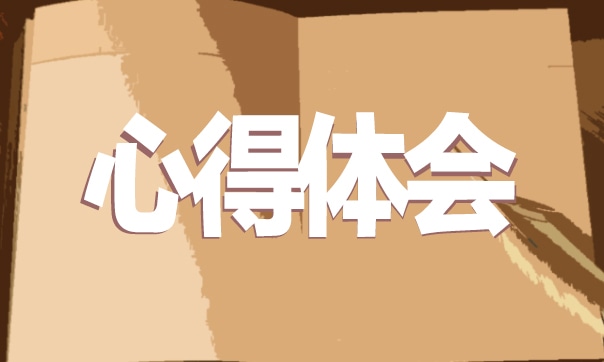2020年普通高等学校招生全国统一考试(浙江卷) 英
语
选择题部分
第一部分 听力(共两节,满分30分)
做题时,先将答案标在试卷上。录音内容结束后,你将有两分钟的时间将试卷上的答案转涂到答题纸上。
第一节(共5小题:每小题1.5分,满分7.5分)
听下面5段对话。每段对话后有一个小题,从题中所给的A、B、C三个选项中选出最佳选项,并标在试卷的相应位置。听完每段对话后,你都有10秒钟的时间来回答有关小题和阅读下一小题。每段对话仅读一遍。
例:How much is the shirt?
A. £19. 15. B. £9. 18. C. £9. 15. 答案是C。
1.What will the speakers do tonight? A. Visit Mary. 【答案】C 【解析】
【原文】本题为听力题,解析略。 2.How does the woman go to work this week? A. By car. 【答案】A 【解析】
【原文】本题为听力题,解析略。 3.What time does Dave's meeting start? A At 8:30. 【答案】B 【解析】
【原文】本题为听力题,解析略。
第1页(共21页) B. At 9:00.
C. At 10:00.
B. By bike.
C. On foot.
B. Go out of town.
C. Host a dinner.
4.What is Helen going to do? A. Buy some books. class. 【答案】B 【解析】
【原文】本题为听力题,解析略。 5.What is the woman's feeling now? A. Relief. 【答案】A 【解析】
【原文】本题为听力题,解析略。
B. Regret.
C. Embarrassment.
B. Study in the library.
C. Attend a history
第二节(共15小题;每小题1.5分,满分22.5分)
听下面5段对话或独白。每段对话或独白后有几个小题,从题中所给的A、B、C三个选项中选出最佳选项,并标在试卷的相应位置。听每段对话或独白前,你将有时间阅读各个小题,每小题5秒钟;听完后,各小题将给出5秒钟的作答时间。每段对话或独白读两遍。
听下面一段较长对话,回答以下小题。 6. What is Tom busy doing? A. Raising money. children.
7. Who might be able to help Tom this week? A. Mike.
【答案】6. A 7. B 【解析】
【原文】本题为听力题,解析略。 听下面一段较长对话,回答以下小题。 8. Why is Jack leaving early? A. To avoid getting stuck in traffic. B. To enjoy the scenery on the way. C. To buy some gifts for his family.
第2页(共21页) B. Cathy.
C. Jane.
B. Writing a lab report.
C. Giving classes to
9. What does Judy often do at the railway station? A. Read books. B. Call some friends.
shops.
10. What are the speakers mainly talking about? A. What to do next year. B. Where to go for vacations. C. How to pass the waiting time. 【答案】8. A 9. C 10. C 【解析】 【原文】本题
听力题,解析略。
听下面一段较长对话,回答以下小题。 11. Why does Bill look troubled? A. He is short of money. B. He has made a big mistake. C. He is facing a tough choice. 12. What is Bill now? A. A college student. B. An army officer.
engineer.
13. What does the woman seem to suggest Bill do? A. Learn to repair cars. B. Decline the job offer.advice.
【答案】11. C 12. A 13. B 【解析】
【原文】本题为听力题,解析略。 听下面一段较长对话,回答以下小题。 14. What is the woman recommending to the man? A. A writer.
B. A club.
15. What is the woman reading now? A. The Beautiful Mind.
B. The Great Gatsby.
16. How much time does the man have to read the book?
第3页(共21页)
C. Look around the
C. A computer
C. Ask his uncle for
C. A course.
C. The Kite Runner.
A. Two weeks.
【答案】14. B 15. C 16. A 【解析】
【原文】本题为听力题
B. Three weeks. C. Four weeks.
听下面一段独白,回答以下小题。 17. What is the speaker doing? A. Reporting a study.
B. Chairing a meeting.
C. Teaching a class.
18. What should you pay most attention to when taking notes? A. Listening.
B. Reading.
C. Writing.
19. What is an advantage of using symbols in note-taking? A. It keeps information secret. B. It leaves space for future use. C. It makes key words noticeable. 20. What will the speaker do next? A. Ask a few questions.
B. Show some notes.
C. Make a summary.
【答案】17. C 18. A 19. C 20. B 【解析】
【原文】本题为听力题,解析略。
第二部分 阅读理解(共两节,满分35分) 第一节(共10小题:每小题2.5分,满分25分)
阅读下列短文,从每题所给的A、B、C和D四个选项中,选出最佳选项,并在答题纸上将该项涂黑。
A
I am an active playgoer and play-reader, and perhaps my best reason for editing this book is a hope of sharing my enthusiasm for the theater with others. To do this I have searched through dozens of plays to find the ones that I think best show the power and purpose of the short play.
Each play has a theme or central idea which the playwright(剧作家) hopes to get across through dialogue and action. A few characters are used to create a single impression growing out of the theme. It is not my intention to point out the central theme of each of the plays in this collection, for that would, indeed, ruin the pleasure of reading, discussing, and thinking about the plays and the
第4页(共21页)
effectiveness of the playwright. However, a variety of types is represented here. These include comedy, satire, poignant drama, historical and regional drama. To show the versatility(多面性) of the short play, I have included a guidance play, a radio play and a television play.
Among the writers of the plays in this collection, Paul Green, Susan Glaspell, Maxwell Anderson, Thornton Wilder, William Saroyan, and Tennessee Williams have all received Pulitzer Prizes for their contributions to the theater. More information about the playwrights will be found at the end of this book.
To get the most out of reading these plays, try to picture the play on stage, with you, the reader, in the audience. The houselights dim(变暗). The curtains are about to open, and in a few minutes the action and dialogue will tell you the story.
21. What do we know about the author from the first paragraph? A. He has written dozens of plays. C. He is a professional stage actor.
22. What does the author avoid doing in his work? A. Stating the plays’ central ideas. playwrights.
C. Including various types of plays. playwrights.
23. What does the author suggest readers do while reading the plays? A. Control their feelings. C. Use their imagination. 24. What is this text? A. A short story. C. A play review.
【答案】21. B 22. A 23. C 24. B 【解析】
这是一篇说明文。文章主要介绍了作者的书籍的序言部分,包括其编写目的,书籍内容主体,以及如何实现有乐趣的阅读本书的建议。 【21题详解】
细节理解题。根据文章第一段内容“…and perhaps my best reason for editing this book is a hope
第5页(共21页)
B. An introduction to a book. D. An advertisement for a theater. B. Apply their acting skills. D. Keep their audience in mind. D. Offering information on the B. Selecting works by famous B. He has a deep love for the theater. He likes reading short plays to others. D.





